Safe at Home: World War II
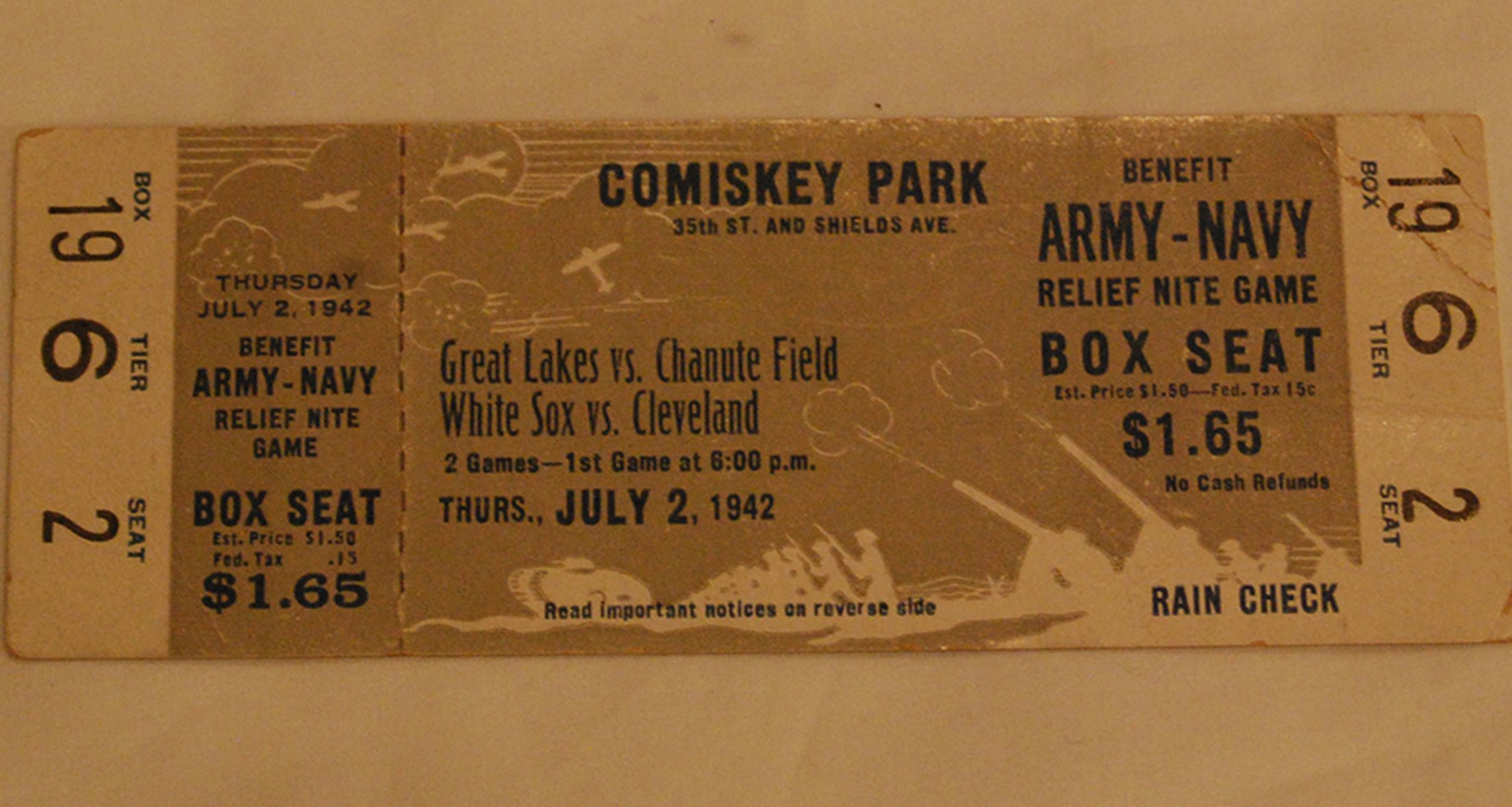
This Army-Navy benefit featured an armed services game between two service bases before the Cleveland Indians played the Chicago White Sox at Comiskey Park on July 2, 1942.
- National Baseball Hall of Fame & Museum

Babe Ruth led a team of former Yankees at this Red Cross benefit against a Navy team headlined by Ted Williams on July 28, 1943.
The 48-year old Ruth walked in his pinch-hit appearance.
- National Baseball Hall of Fame & Museum
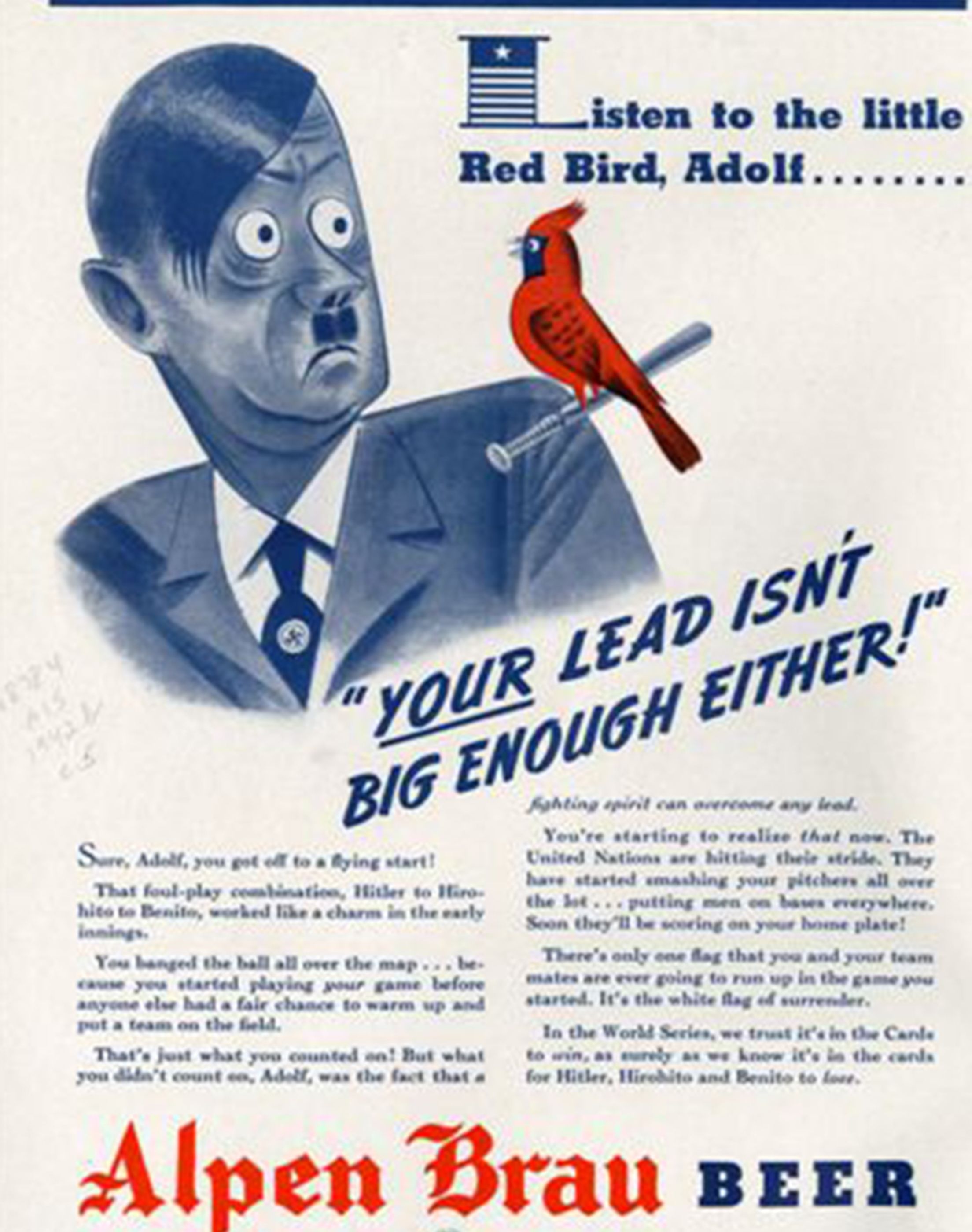
This advertisement from the 1942 World Series program shows some of the support back on the home front. - National Baseball Hall of Fame & Museum

The 1943 World Series was a rematch between the Yankees and Cardinals. Both teams remained dominant despite losing key players to the war.
New York revenged their 1942 loss in five games.
- National Baseball Hall of Fame & Museum
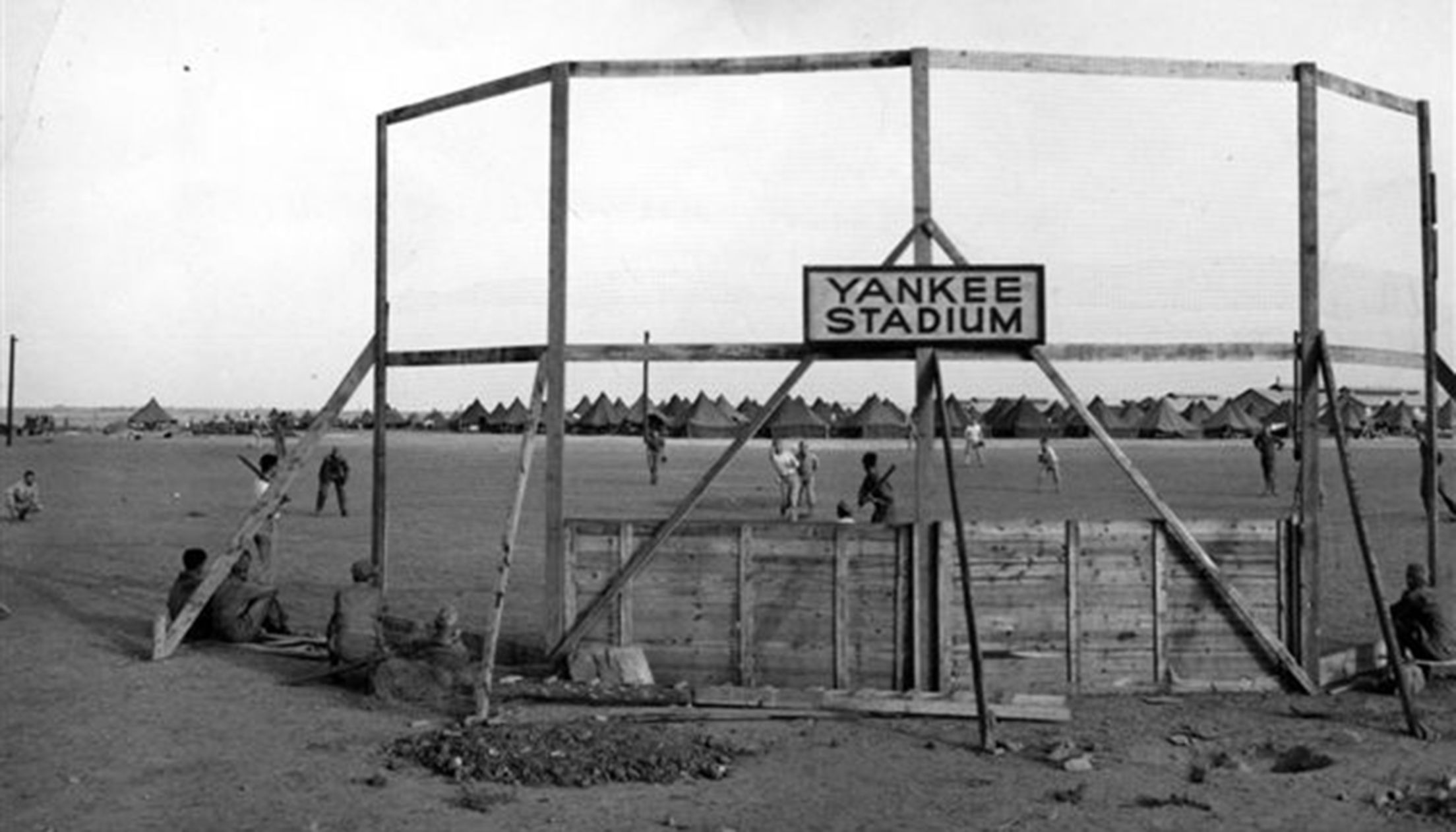
Baseball didn't literally go to war, but servicemen did take the game to war with them. In North Africa, soldiers constructed their own makeshift Yankee Stadium.
- National Baseball Hall of Fame & Museum
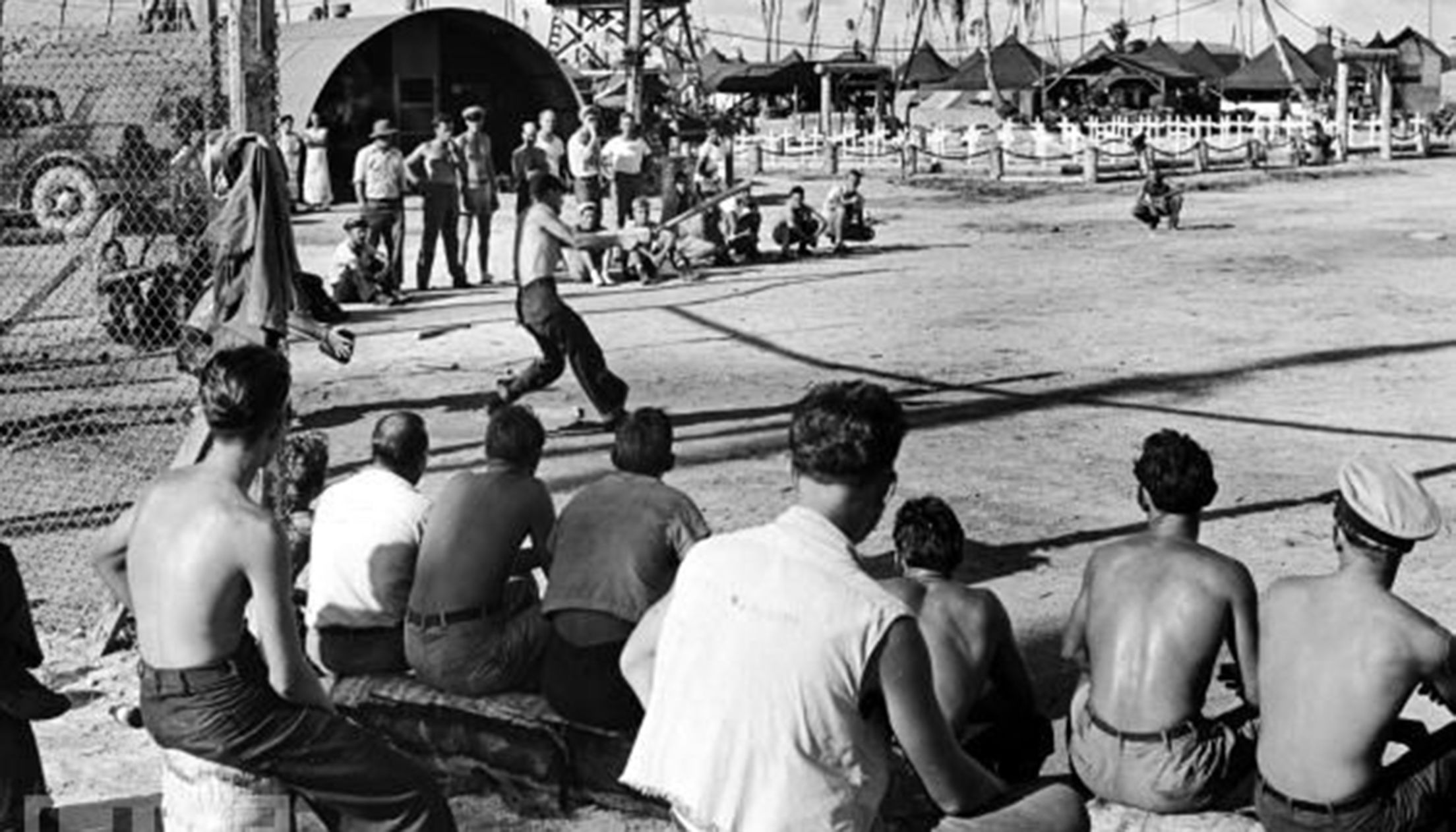
There were two fronts for the United States in World War II -- one in Europe and the other in the Pacific. This photo shows that baseball found its way into the Pacific theater of operations.
- National Baseball Hall of Fame & Museum
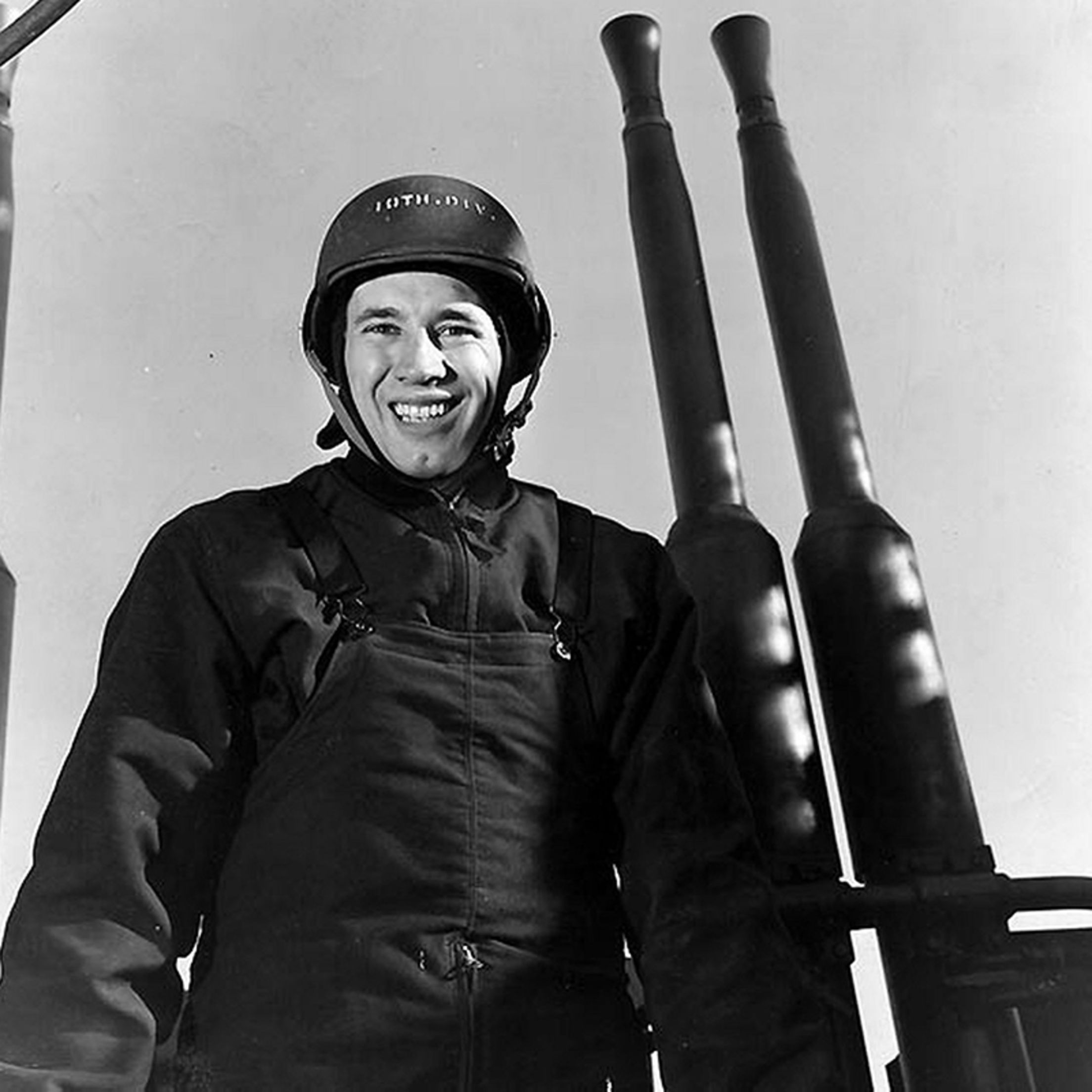
Coming off three consecutive 20-plus win seasons, Hall of Fame pitcher Bob Feller enlisted in the United States Navy two days after the attacks on Pearl Harbor. He missed nearly four of his prime seasons during his military service which cost him a chance at the 300 career-wins milestone (266 career wins). - National Baseball Hall of Fame & Museum
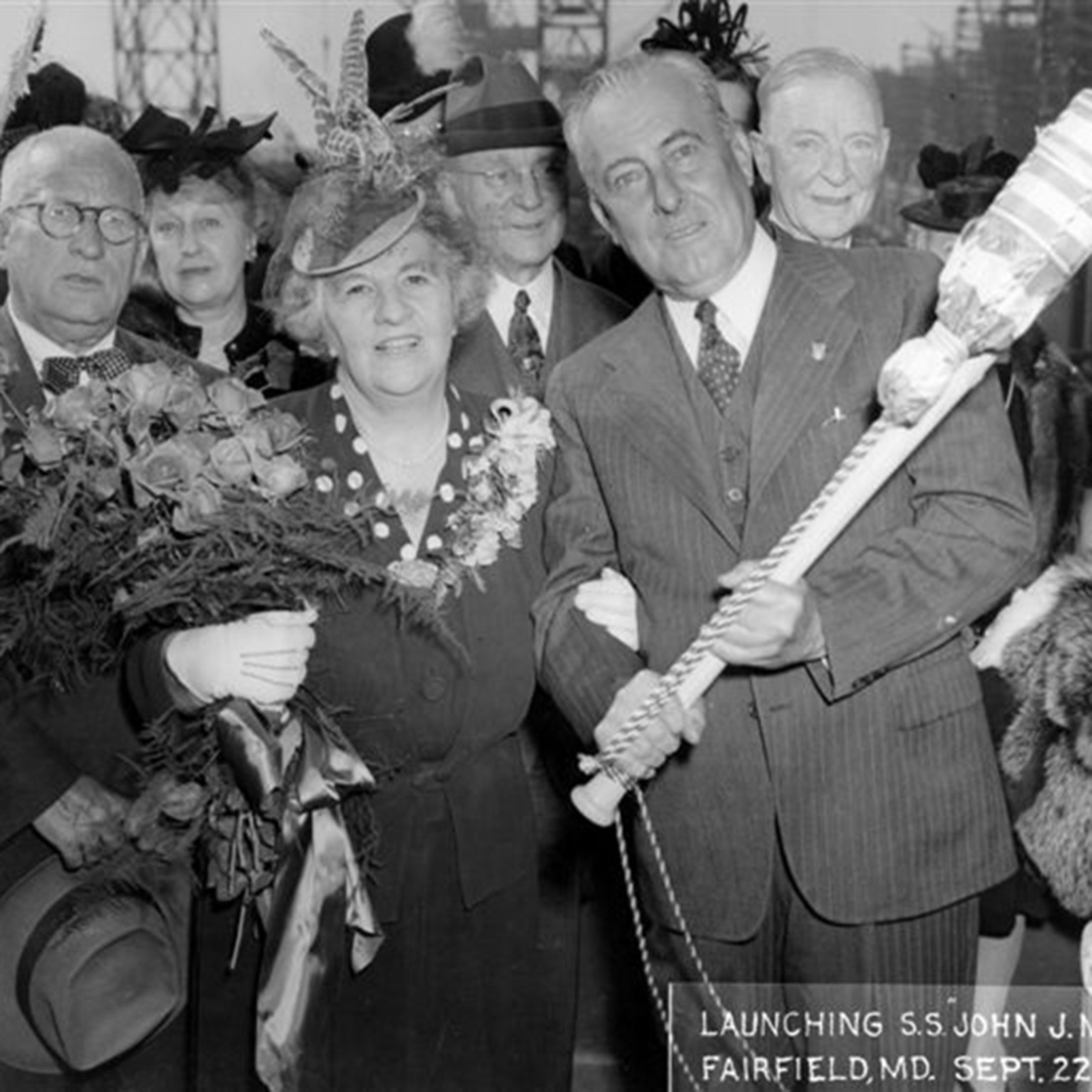
This photo captures the launching of the SS John McGraw - a Liberty Class cargo ship built during the war effort. The ship was named for John Joseph McGraw, the Hall of Fame manager of the New York Giants. - National Baseball Hall of Fame & Museum
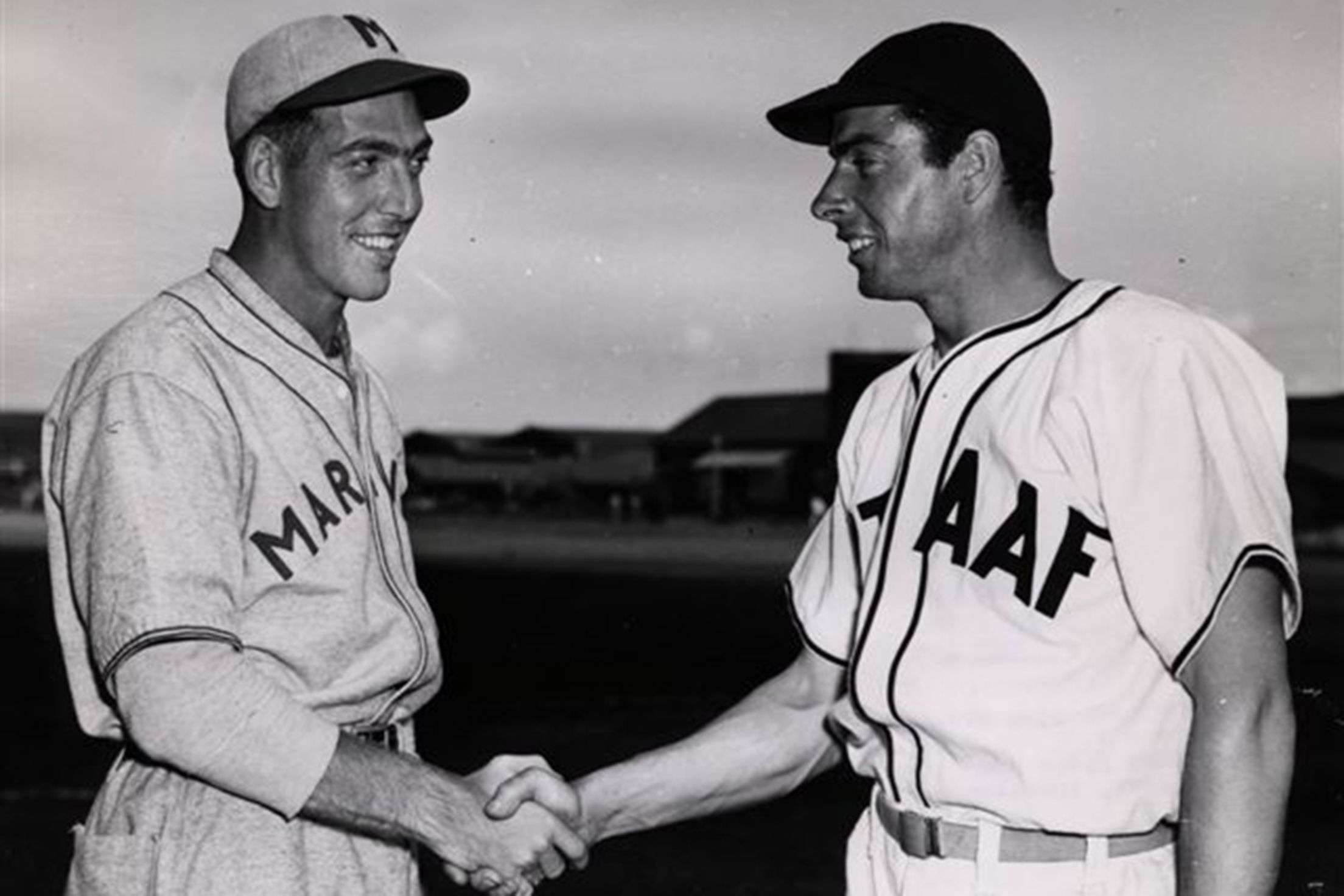
Joe DiMaggio enlisted in the United States Army in February 1942. He missed three of his prime seasons during his military service.
DiMaggio did get a rare chance to play during the war years. He is shown here wearing his 7th Army Air Force uniform shaking the hand of a USMC Andy Steinbach - a Minor League pitcher himself.
- National Baseball Hall of Fame & Museum
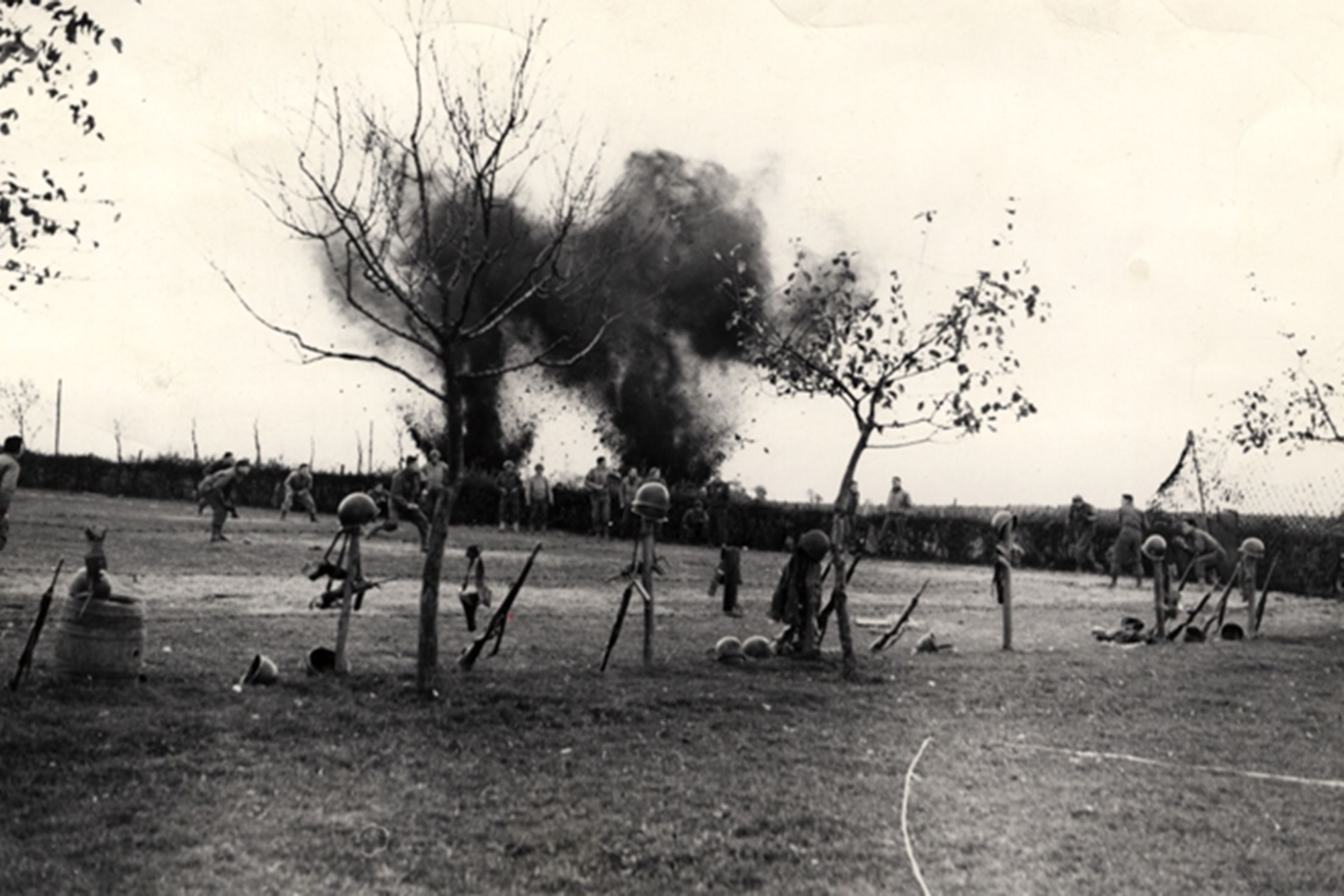
This photo shows that even nearby shelling didn't stop some games for United States servicemen in France. - National Baseball Hall of Fame & Museum
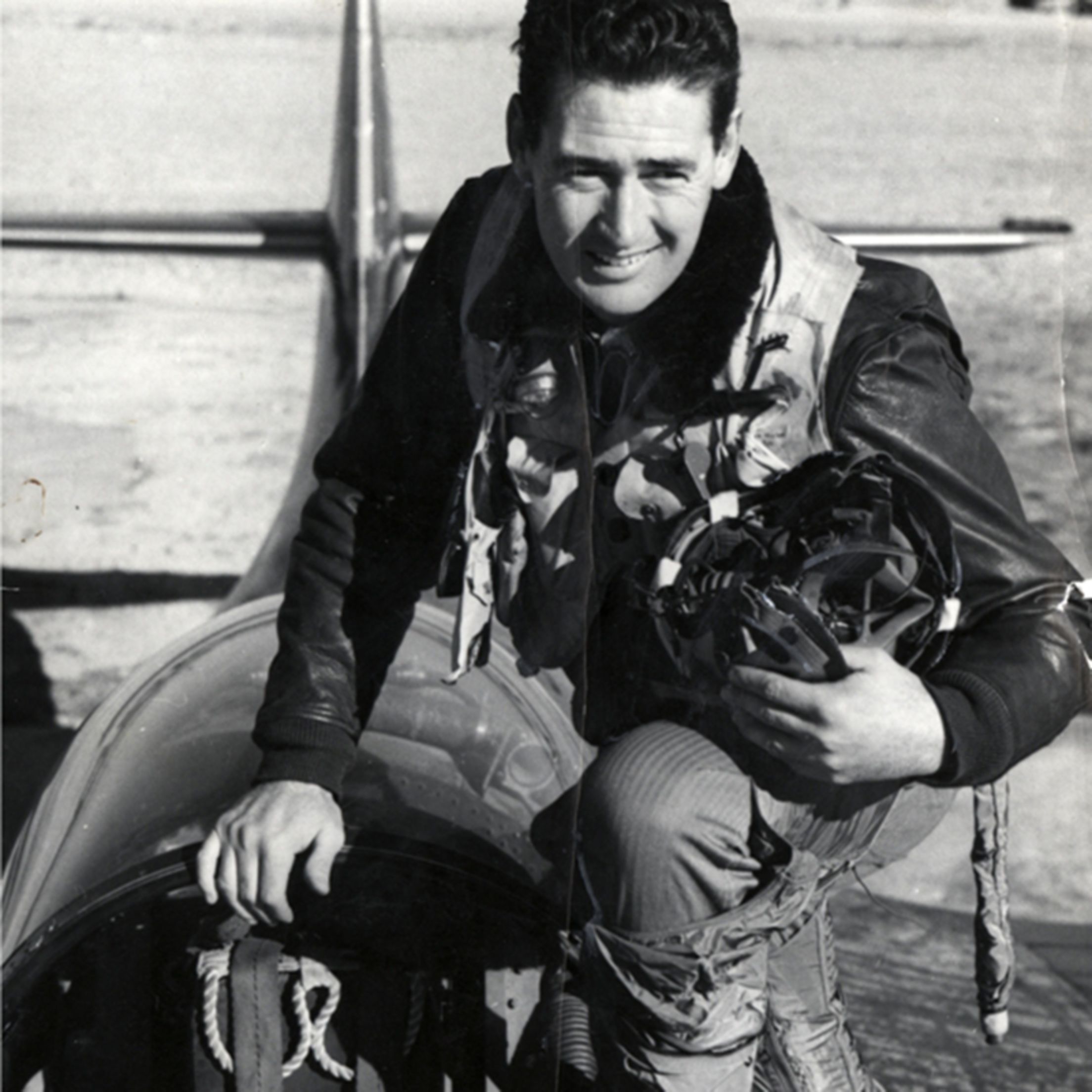
Ted Williams missed three of his prime seasons during his military service, costing him a chance at the 3,000-hit milestone (2,654 career hits).
The Red Sox legend became e a navy aviator and would serve again during the Korean War in 1952.
- National Baseball Hall of Fame & Museum

This is the jersey worn by Ted Williams at the start of the 1942 season, before he enlisted in the U.S. Navy on May 22, 1942. - National Baseball Hall of Fame & Museum
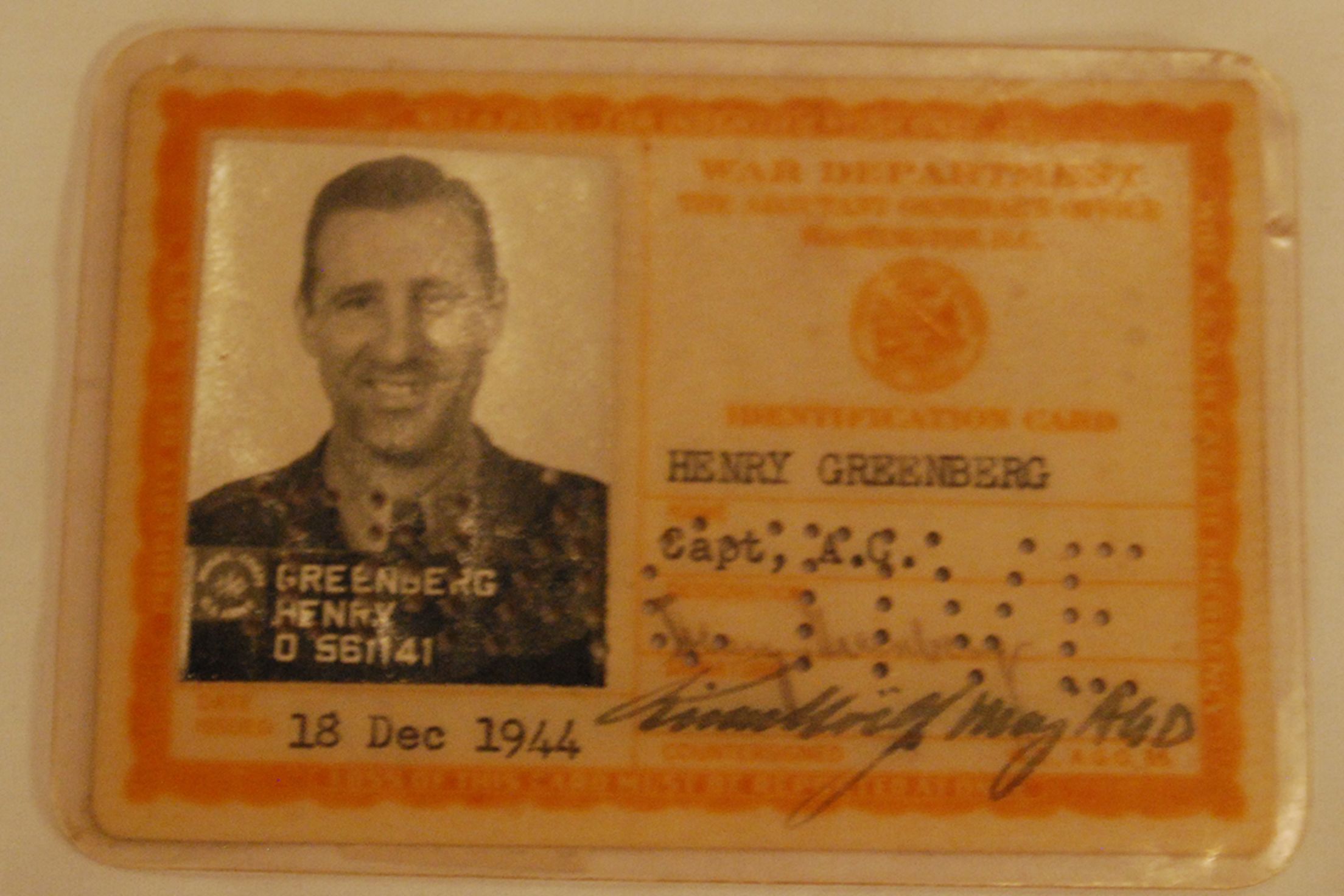
Drafted in 1940, Hank Greenberg served and was discharged two days before the bombing of Pearl Harbor. Greenberg then re-enlisted, becoming the first Major League player to enlist in World War II.
- National Baseball Hall of Fame & Museum
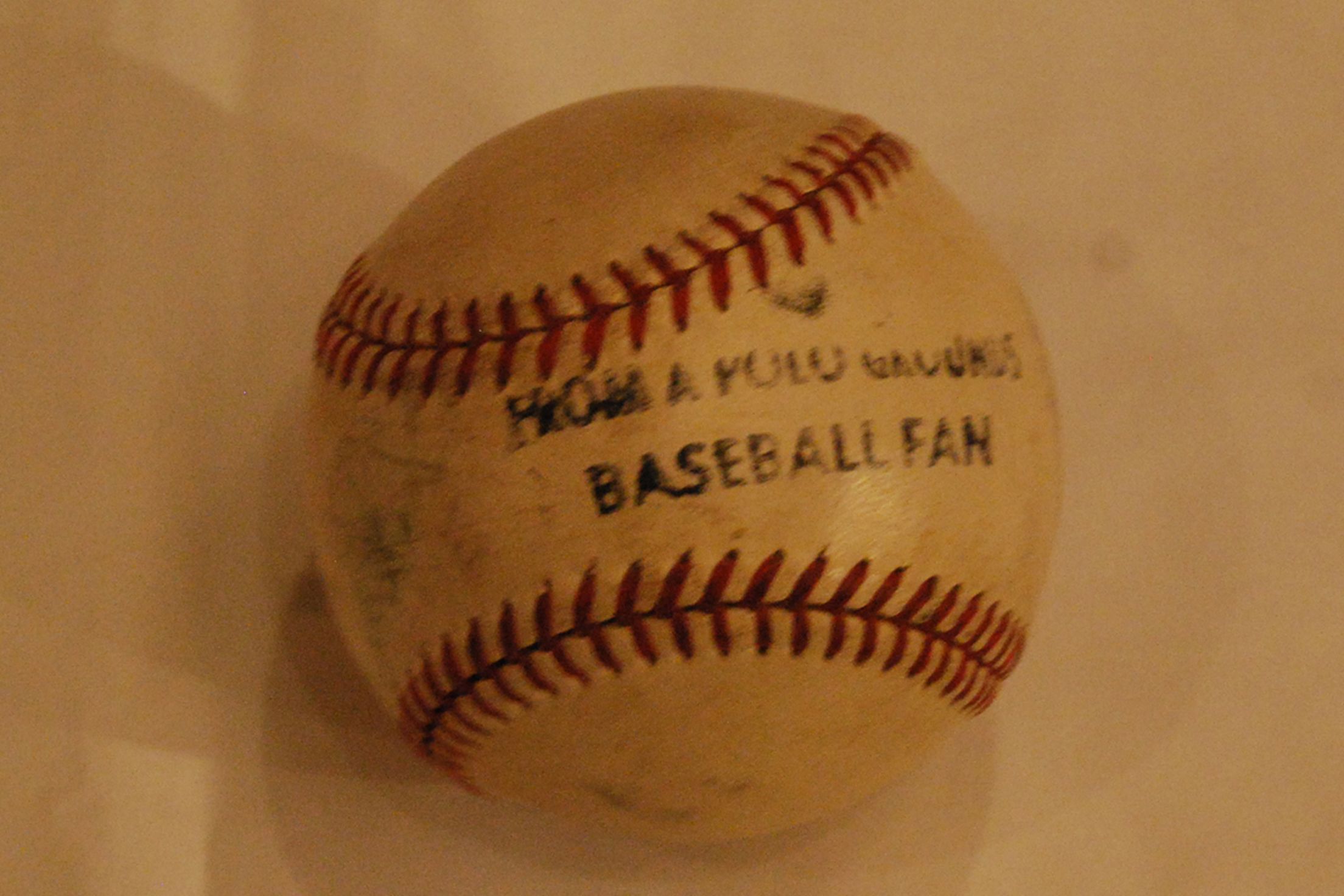
This baseball was one of many donated by fans at the Polo Grounds in New York to be sent to troops overseas so they could play baseball.
- National Baseball Hall of Fame & Museum
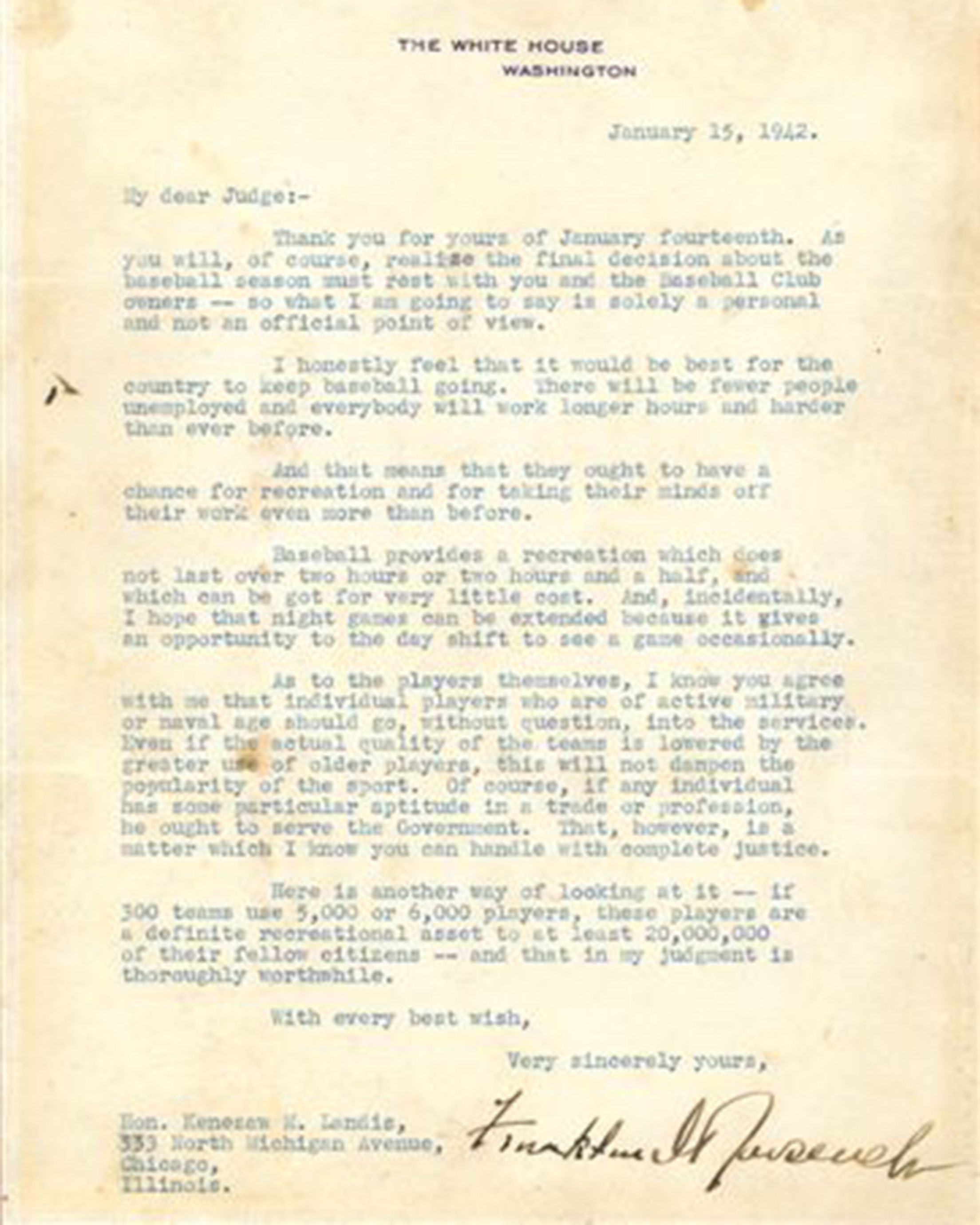
President Roosevelt's famous Green Light Letter to Commissioner of Baseball Judge Kennesaw Mountain Landis kept the game going during the war effort. The president stated his feeling succinctly, "I honestly feel that it would be best for the country to keep baseball going."
- National Baseball Hall of Fame & Museum

This U.S. Navy dress jacket belonged to Charles Gehringer. The future Hall of Fame second baseman enlisted following the 1942 season, ending his 19-year career with the Detroit Tigers.
- National Baseball Hall of Fame & Museum